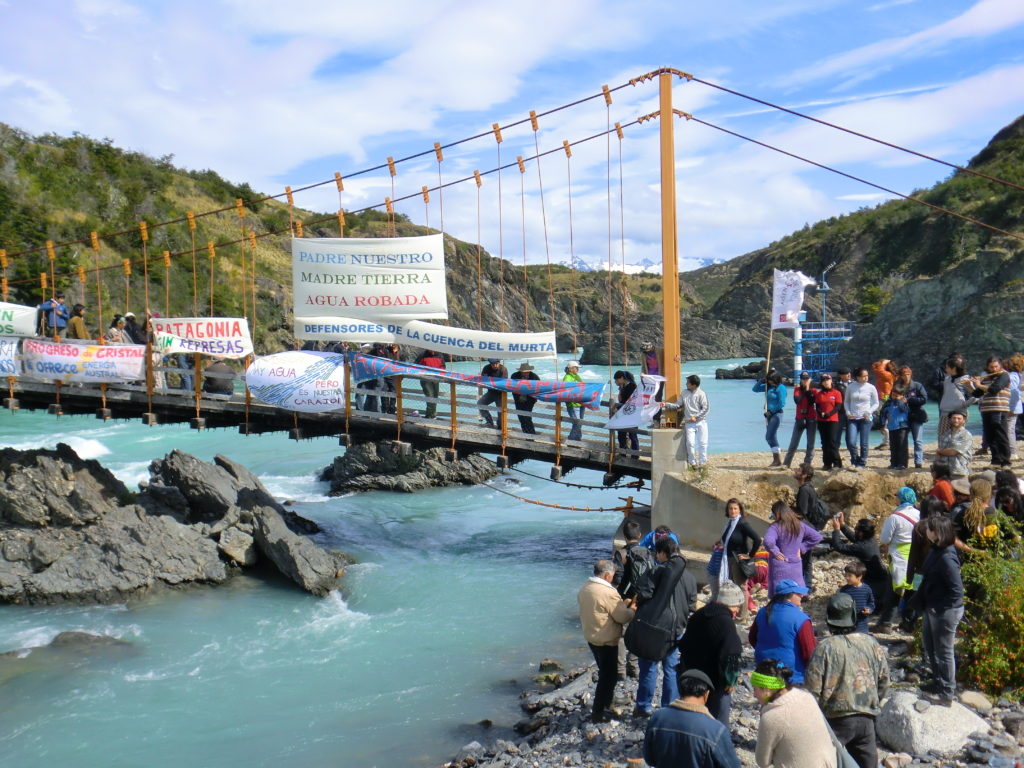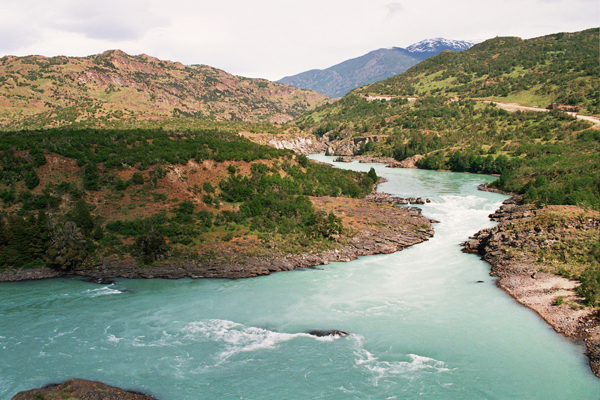Patagonia is a region of mystery and striking diversity, a place where fjords, glaciers, coastal rainforests, dry steppes, pristine lakes and rushing rivers can all be found within a short distance of each other. Shared by Chile and Argentina, Patagonia covers much of South America’s southern cone.
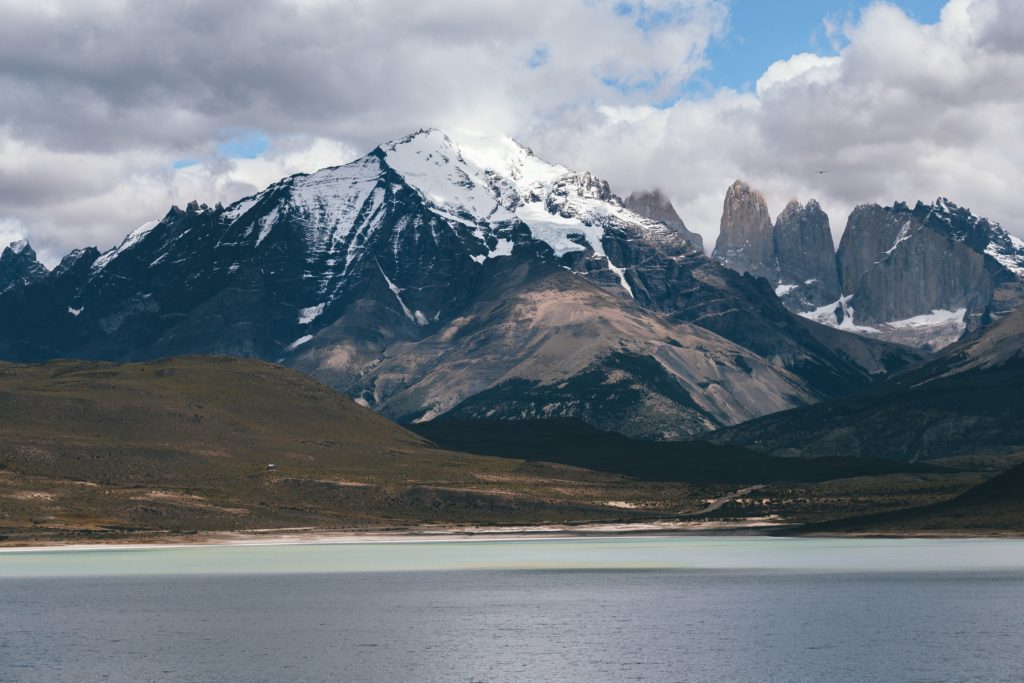
The region has found itself in the crosshairs of power companies and others for decades. In 2007, two of Chilean Patagonia’s wildest rivers – the Baker and the Pascua – were threatened by a proposed cascade of five controversial megadams known as HidroAysén. Civil society mobilized, and a broad coalition of citizens, community groups, and national and international NGOs known as the Consejo de Defensa de la Patagonia (CDP, or Patagonia Defense Council) formed Patagonia Sin Represas to protect Patagonia from destructive development.
The campaign to protect Patagonia became the largest environmental struggle in Chile’s history, lasting over seven years. The tireless efforts of river defenders in Chile and around the world helped create massive popular opposition to HidroAysén – both within Chile and abroad – which eventually led to the project’s cancellation. Chile is rich in energy options.
Studies by The University of Chile and other experts have found that the country can meet its future energy needs without hydroelectric dams. Investment in energy efficiency, together with renewable sources such as solar, geothermal and wind, would ensure a sustainable energy future for Chile. International Rivers and our partners are calling for the Chilean government and the private sector to support cleaner alternatives and to keep Patagonia’s rivers wild.
Related Resources
- Rios Salvajes (Wild Rivers)
Latest Updates
- Recognizing the Rights of the Biobío River: A New Era of Environmental Stewardship
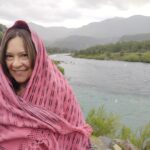 By Monti Aguirre, Director, Latin America Program For the Spanish version, click here. The Biobío River was Chile’s first major river protection campaign, which later helped shape and inform efforts to…
By Monti Aguirre, Director, Latin America Program For the Spanish version, click here. The Biobío River was Chile’s first major river protection campaign, which later helped shape and inform efforts to… - Reconociendo los Derechos del Río Biobío: Una Nueva Era para la Protección Ambiental
 Por Monti Aguirre, Directora, Programa América Latina For English version, click here El Río Biobío fue la primera gran campaña de protección de ríos en Chile, y marcó un precedente que…
Por Monti Aguirre, Directora, Programa América Latina For English version, click here El Río Biobío fue la primera gran campaña de protección de ríos en Chile, y marcó un precedente que… - Covid-19 Impacts in the Amazon and Patagonia: Crisis to Opportunities Series
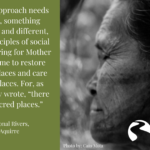 By: Monti Aguirre, Latin America Program Director (with Brent Milliken, Latin American Program Director) The global COVID-19 crisis has shed a light on the deep-seated inequities in the way our rivers…
By: Monti Aguirre, Latin America Program Director (with Brent Milliken, Latin American Program Director) The global COVID-19 crisis has shed a light on the deep-seated inequities in the way our rivers… - Help Us Protect the Puelo River in Patagonia
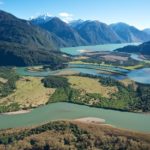 By: Sarah Bardeen, former Senior Communications Director The Puelo River needs your support! The Puelo, which originates in Argentina, is one of the largest rivers in Chilean Patagonia and a…
By: Sarah Bardeen, former Senior Communications Director The Puelo River needs your support! The Puelo, which originates in Argentina, is one of the largest rivers in Chilean Patagonia and a…

